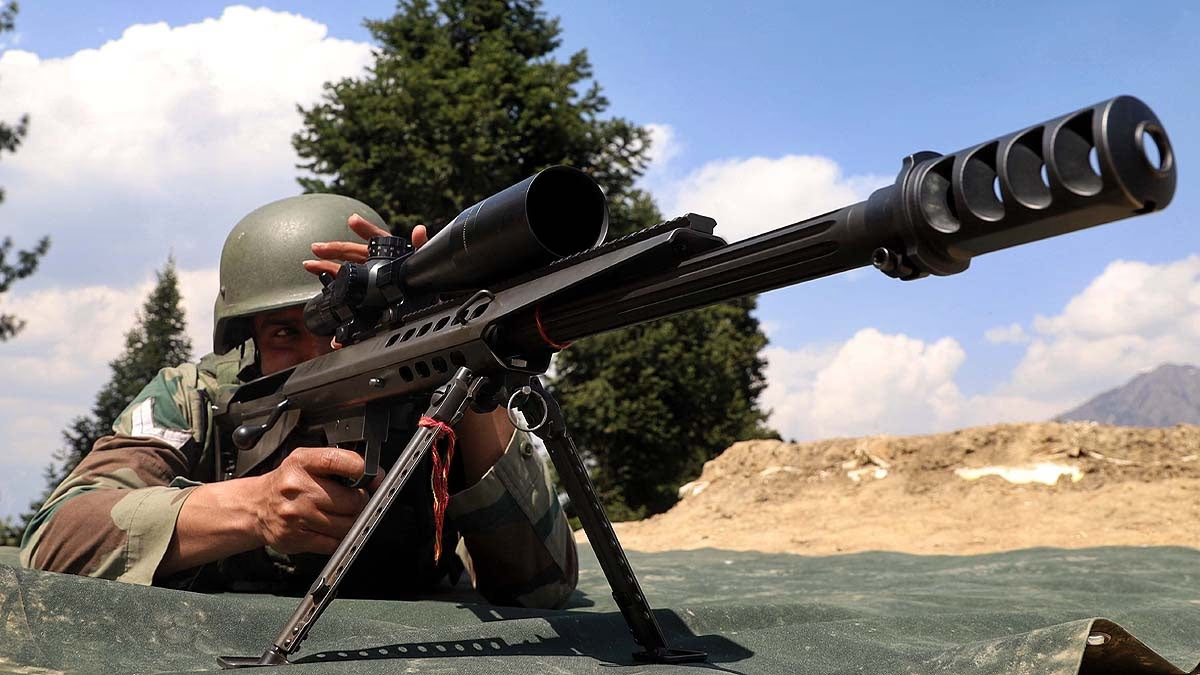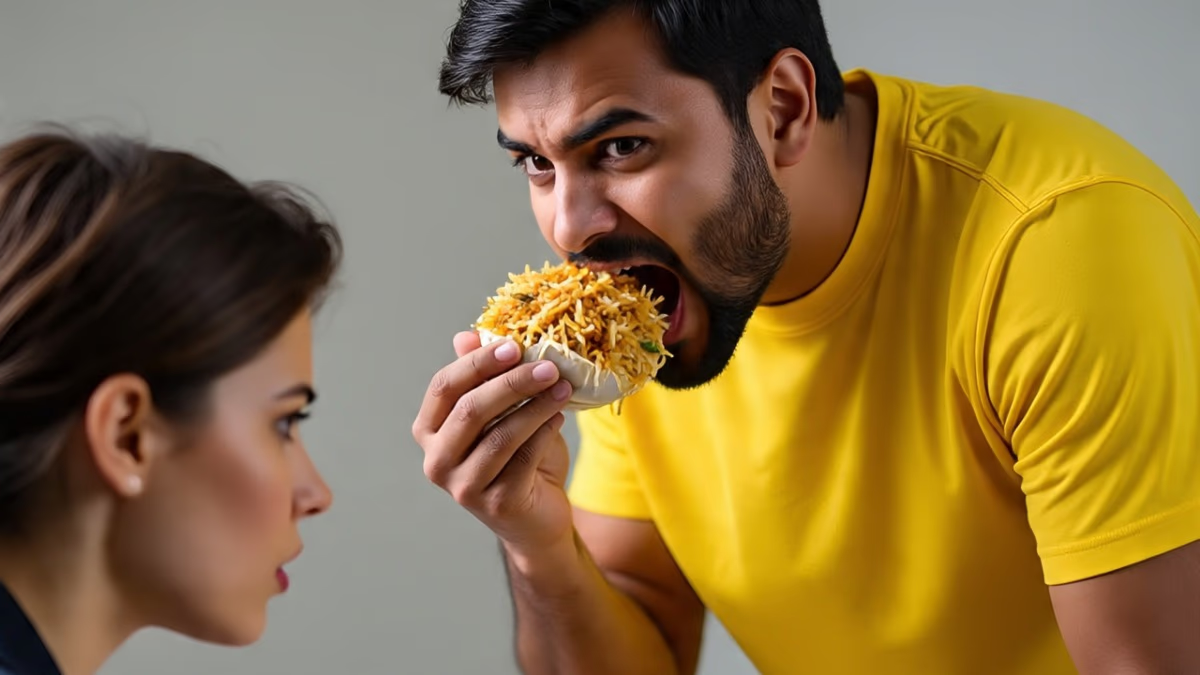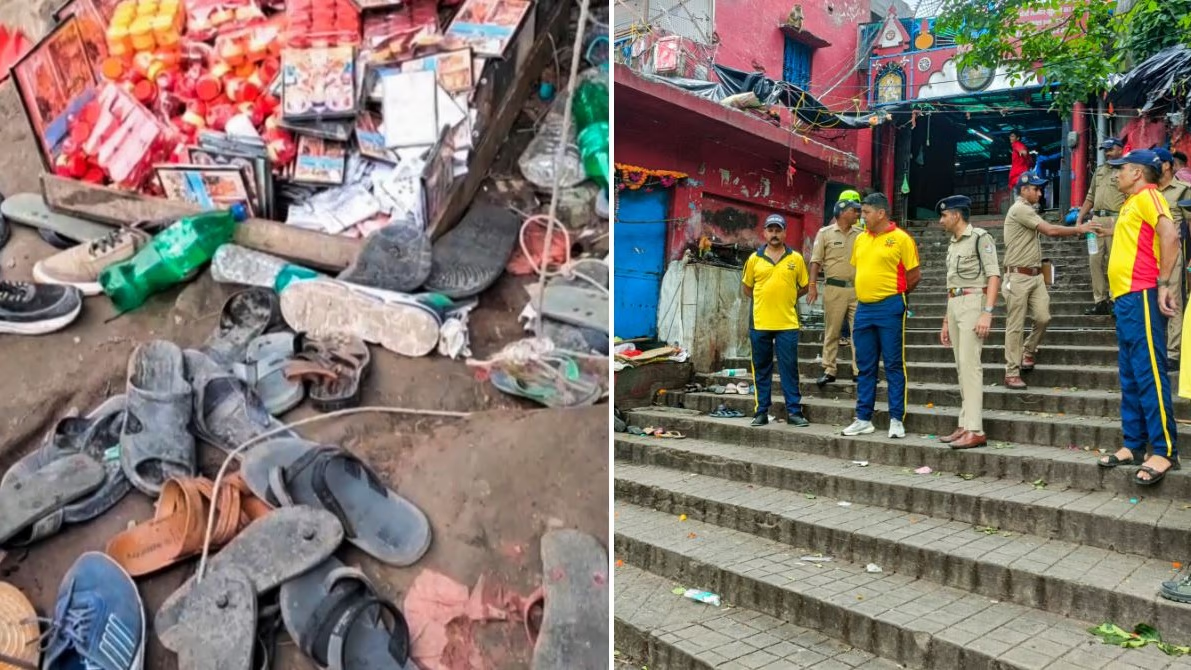On April 22, 2025, a horrifying terrorist attack in Pahalgam, Jammu, and Kashmir cost 26 innocent tourists their lives. In response, the Indian Army embarked on Operation Mahadev, which has now marked 'Game Over' for the terrorists.
Recently, in a fierce encounter in Srinagar, three terrorists, allegedly linked to the Pahalgam attack, were eliminated. Let's delve into what this operation entailed, how it was executed, and how the terrorists were vanquished.
Also Read:
Pahalgam Attack: What Unfolded?
On April 22, 2025, in Baisaran Valley, Pahalgam, five terrorists attacked 26 tourists. These terrorists were affiliated with The Resistance Front (TRF), considered a proxy of the Pakistan-based Lashkar-e-Taiba (LeT). Weapons such as M4 Carbines and AK-47s were used in the attack.
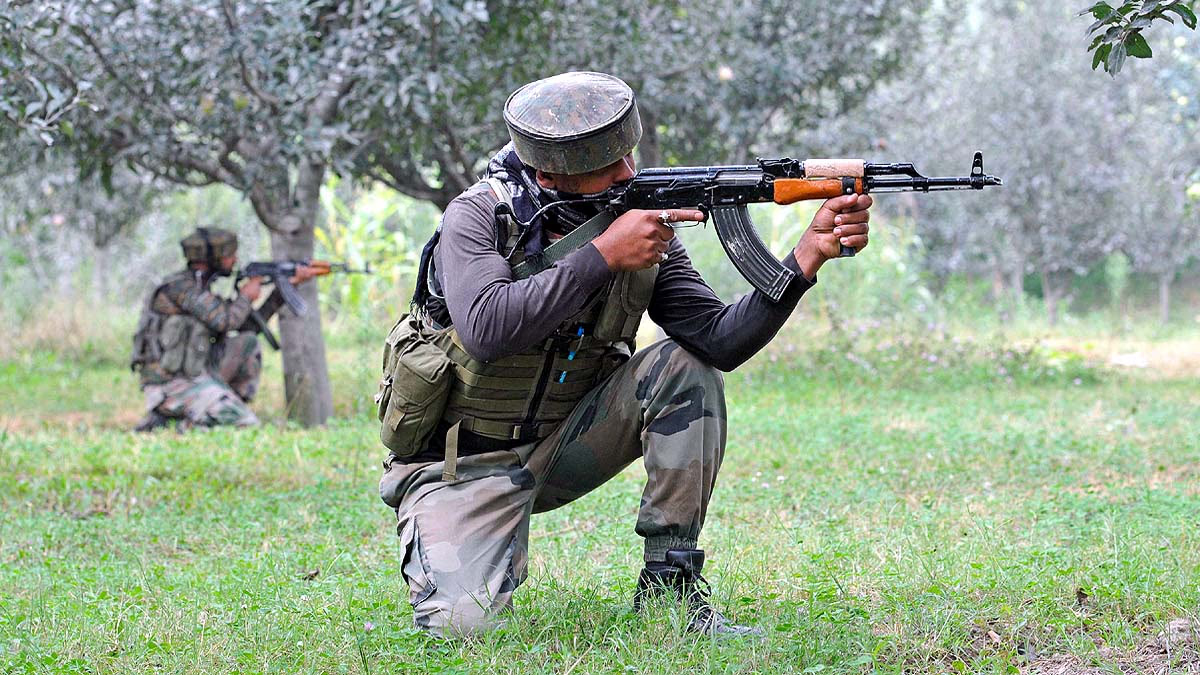
Source: aajtak
The attackers targeted Hindu tourists, mercilessly shooting those unable to recite Islamic verses. This incident rocked the nation and severely impacted tourism.
Casualties: 26 fatalities, including a Nepali citizen.
Accusations: India blamed TRF and Pakistan for the attacks, while Pakistan termed it a 'domestic rebellion.'
Response: In retaliation, India suspended the Indus Waters Treaty and expelled Pakistani nationals.
Also Read:
Operation Mahadev: The Mission Begins
Following the Pahalgam attack, India launched Operation Mahadev on May 7, 2025, targeting terrorist bases in Pakistan and POK with precise airstrikes. To eradicate the terrorist roots, a long-term strategy called Operation Mahadev was formulated. This operation spanned 96 days, aiming to capture or eliminate those involved in the Pahalgam attack.
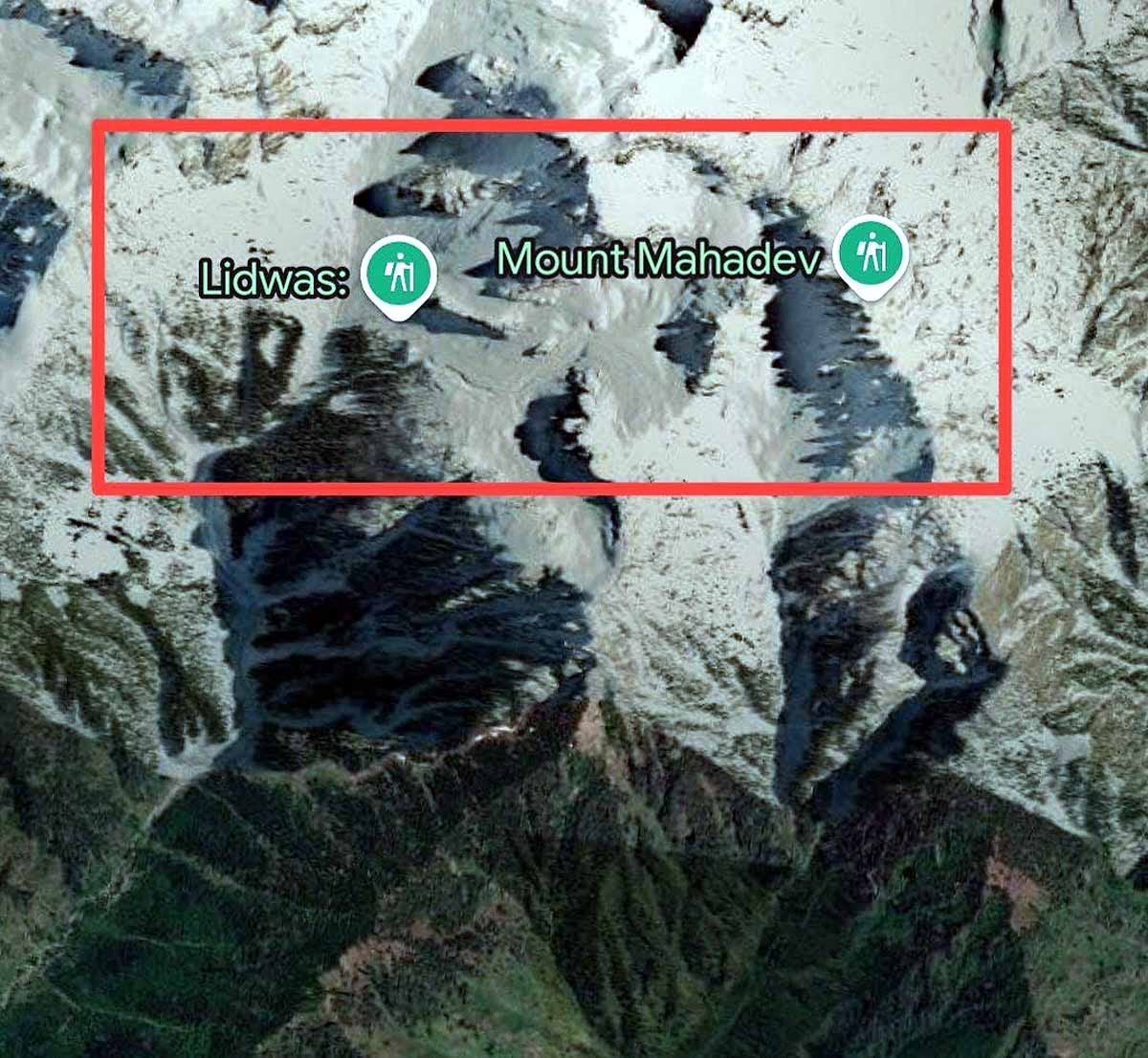
Source: aajtak
Commencement: The final phase of Operation Mahadev began with an encounter in Srinagar's Dachigam area on July 28, 2025.
Teams Involved: The Special Operations Group (SOG) and the Indian Army's 12 Sikh Light Infantry were involved.
Objective: To dismantle terrorist hideouts and locate the main perpetrators.
The Mission Unfolds: How Were the Terrorists Eliminated?
Intelligence and Preparation:
Through the use of drones and HUMINT (Human Intelligence), the army tracked the terrorists' locations. Reports indicated their presence in the dense Dachigam forests.
Also Read:
The Encounter:
On the morning of July 28, security forces cordoned off the area. The terrorists opened fire, but the army retaliated fiercely, resulting in a 6-hour battle where three terrorists were neutralized.
Weapons Recovered:
AK-47s, grenades, and IEDs (Improvised Explosive Devices) used in the Pahalgam attack were recovered during the encounter.
Victory Claimed:
The army stated that one of the Pahalgam attack's main conspirators was eradicated, with efforts ongoing to locate the remaining terrorists.

Source: aajtak
What Made This Operation Stand Out?
Indigenous Technology: The army deployed indigenous drones and radar systems, crucial in locating terrorists hiding in forests.
Precision: Care was taken during the operation to avoid civilian casualties.
Long-term Strategy: This 96-day operation involved intelligence gathering, strategic encirclement, and targeted strikes.
The army used drones and thermal imaging to monitor terrorist movements even at night. Robotic systems were deployed to defuse IEDs.
Also Read:
What Does This Mean for India?
Security: It aids in preventing future attacks like the one in Pahalgam.
Pride: The use of indigenous technology and military strategy boosts national confidence.
Ongoing Challenge: Further vigilance is necessary, as other terrorists like Hashim Musa may still be in hiding.
Operation Mahadev delivered a decisive blow to terrorists 96 days post the Pahalgam attack. Eliminating three terrorists in the Srinagar encounter underscores India's resolve. Removing dangerous terrorists like Hashim Musa is a significant triumph for national security, though the fight against terror continues, urging constant military vigilance.
